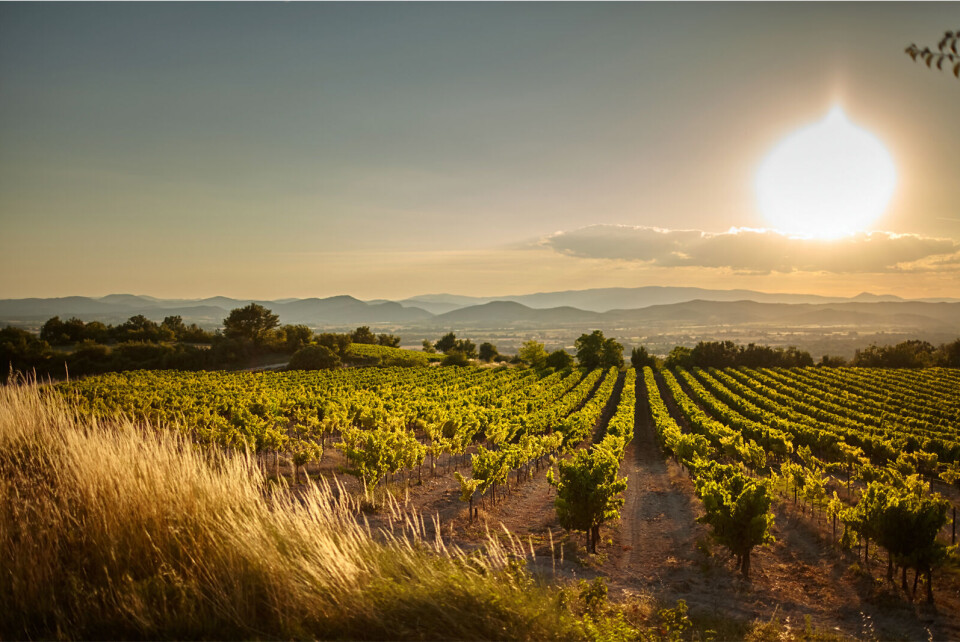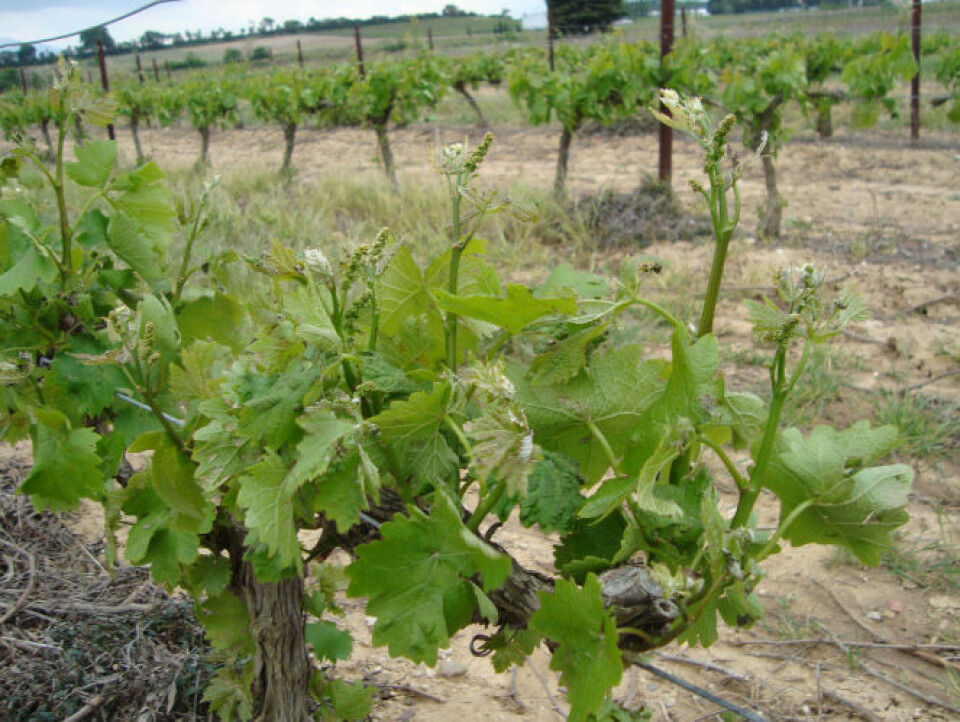-
Duck Cold! Four French phrases to use when it is freezing outside
We remind you of French expressions to use to describe the drop in temperature
-
When and why do we say le moral dans les chaussettes?
We explore this useful expression that describes low spirits
-
The origins and meaning of tirer les marrons du feu
As Christmas approaches, we look at a phrase to describe someone who takes advantage of a situation
A guide to the winemaker’s calendar in France
A yearly cycle of a French vineyard, from well-known pruning and harvesting stages to ploughing, weeding and treatments

I often get asked what I’m doing at a particular time of year. People who live among vineyards will probably be aware of pruning and harvesting but there is a lot more that goes on throughout the year.
In France, the 12-month period that leads up to harvest is known as the campaign and always spans two calendar years. Although the exact timing of tasks will vary by region, the steps we go through are the same.
Tasks are timed to follow the growth cycle of the vine, the growth of weeds, the weather and the lifecycle of pests and diseases.
We start the campaign just after the grapes have been picked, in October, by ploughing the soil between the rows. This achieves a number of things. It breaks up the soil – which will have become compacted by the passage of machinery such as tractors – allowing air to get to the roots and making the soil more absorbent for when it rains.
It incorporates dead leaves, discarded bunches, trimmed canes and weeds back into the soil to provide organic matter that will help soil structure and be broken down by bacteria into nutrients, like nitrogen, phosphate and potassium, for the vine to live off.
Even though the vine above the soil appears to be dormant after harvest, it isn’t. It is storing carbohydrates in the trunk for the next year, by drawing sap back from the canes, and growing new roots. Although some vignerons start pruning the vines straight after harvest, this is a mistake because it deprives the vine of those nutrients and carbohydrates.

The sign that the vine is dormant and ready for pruning is when all the leaves have fallen off. This will be at different weeks in November depending on region, vineyard location and grape variety.
The earlier a vine is pruned, the earlier it will start growing the next year. Grape varieties have different growth rates. Therefore vignerons generally start pruning their vineyards with the longest growth rates and finish with those with the shortest. The important thing is to finish pruning before budburst, the date of which will depend mainly on the climate.
Allowing the unpruned canes to grow their buds means that a lot of the stored carbohydrates will be wasted growing baby shoots that will then be cut off, meaning the buds that remain will be slow to develop.
If weedkillers are used in the vineyard, it is important to finish that task before budburst otherwise there is a risk of damaging the vine. If the pruning method is to keep one or two canes, instead of spurs, those canes need to be attached to the wires before budburst too.
The months from December to March are also the best time to repair broken wires and posts, to remove dead vines and to either mulch or collect the prunings. Mulching prunings returns organic matter to the soil but if the prunings are suspected of harbouring harmful fungal spores, it is wiser to remove and burn them.
It is almost impossible to plough the soil or mow tall grass and weeds before the pruned canes are mulched or removed. So the start of spring is a hectic time for the vigneron trying to coordinate finishing pruning, tying down last year’s canes, dealing with the prunings, preventing the weeds from growing and being ready for budburst in late March or early April.
The buds grow quite slowly at first and young shoots are very delicate, so vineyard work generally takes a short pause. However, once the buds have turned into green shoots with a few leaves, they become susceptible to a fungal disease called powdery mildew or oidium.
The best way to protect them at this stage is with sulphur powder, a fungicide which is allowed in both organic and non-organic viticulture. You will often see vines with a white or yellow dust on them and smell the sulphur while walking or cycling past a treated vineyard.
Before the shoots grow too high, trellised vineyards need to have their training wires lowered to below the canes or cordons. Leaving this job too late risks damaging the young shoots. However, once the wires are on the ground, they risk getting caught up in mulchers, mowers and ploughing equipment.
The shoots grow very quickly in May and June. The bunches of inflorescence that will become grapes appear and need protecting from both oidium and downy mildew, known as mildiou in France.
The traditional treatment for mildiou is bouillie bordelaise, a copper sulphate and slaked lime mix (permitted for organic farming), but there is a whole range of synthetic fungicides which are designed to protect young shoots from disastrous infections of these two diseases.
By June the shoots will be at least 50cm long and the inflorescences start to flower. Vine flowers are very tiny and don’t have petals. During flowering, pollination, germination and the development of the grape bunches, vignerons must be very vigilant in their protection regime.
Whether they are organic, biodynamic, sustainable or conventional, they will be spraying chemicals to protect or prevent damage from oidium, mildiou as well as various insects, bacteria and viral infections. The most conscientious growers will have a strategy that limits the amount of chemicals, avoids the most dangerous ones, times their spraying to avoid rain and wind and varies the dosage depending on the stage of the vine’s growth and the risk of disease.
During the same period, training wires need to be lifted, vigorous shoots trimmed or tucked in and weeds kept under control.
The protection programme continues through the summer until the end of July, by which time the vine reaches a stage called veraison, when the grapes change colour and become much more resistant to fungal infection. August is generally a period of rest for the vigneron (fitting nicely with summer holidays) as they prepare for harvest. From mid-August, they will start to measure the grapes for ripeness.
While a cooperative grower is really only concerned about the sugar content of the grapes, those vignerons who make their own wine, will also be measuring the acidity and tasting the skins to decide the perfect harvest date and counting and weighing bunches to plan the volumes to match the capacity of their presses and fermentation tanks.
Harvest runs from the end of August to the end of October, depending on region, grape variety and levels of ripeness required. While the coopérateur-vigneron gets to put their feet up once the last vineyard is picked, the vigneron indépendant is busy working away in their winery for several weeks more.
Then it all starts again.
Jonathan Hesford is the owner, vigneron and winemaker of Domaine Treloar in the Roussillon. www.domainetreloar.com
Related stories
French vineyards restore stone walls to help jewelled lizards survive
South of France vineyard trek is most popular hiking route for 2021
























